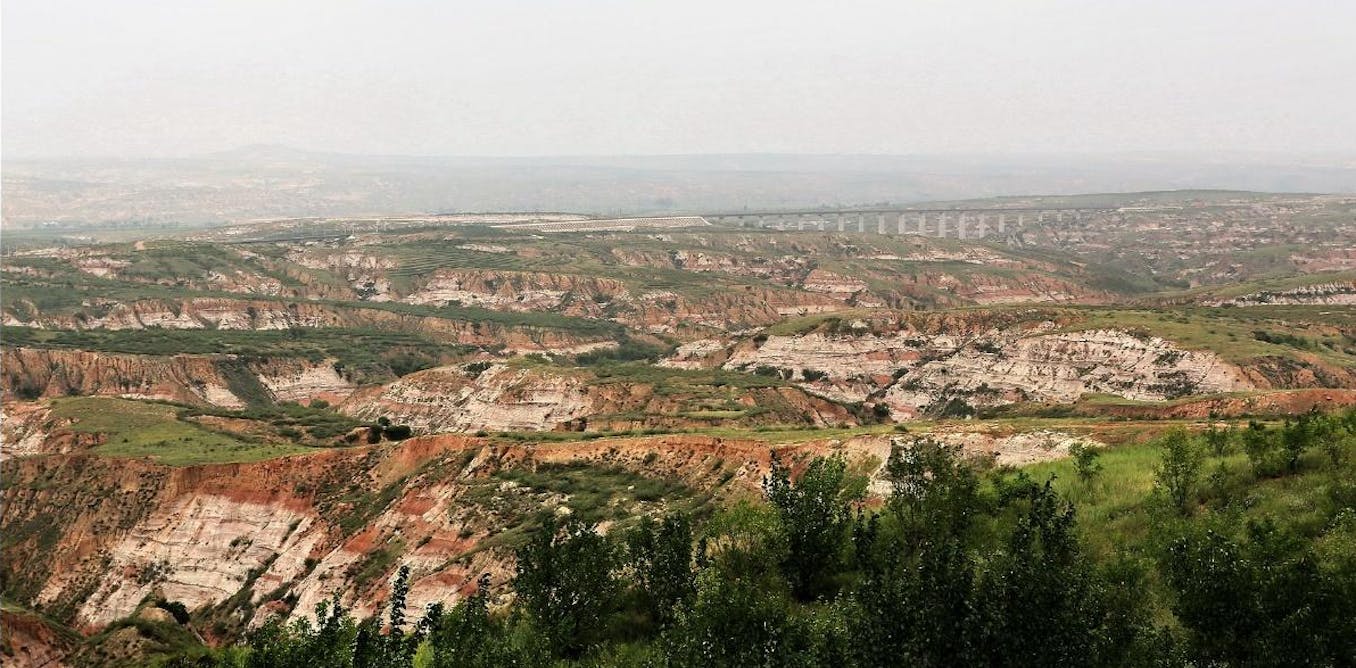
An ancient dipping structure in the planet’s crust appears to be a trace of an early collision between two continental masses like the one that created the Himalaya – and may record the origin of the global system of plate tectonics that persists today.
The theory of plate tectonics is one of the key scientific advances of the past century.
At some point in the deep past, plate tectonics began as Earth cooled.
However, plate tectonics is a global phenomenon in which plates interact with each other.
Our new study suggests plate tectonics began globally somewhere between 2 billion and 1.8 billion years ago.
Beneath the city of Dongsheng, we found a feature called a dipping Moho in which the bottom of Earth’s crust dips from around 35km deep to more than 50km deep over a horizontal distance of only 40km.
If Nuna was the first supercontinent, we can interpret these tectonic collisions that occurred around 2 billion years ago as the oldest evidence of plate tectonics in the global sense
Even though such collisions may have occurred here and there early on, it is likely that plate tectonics did not become a global network until this time